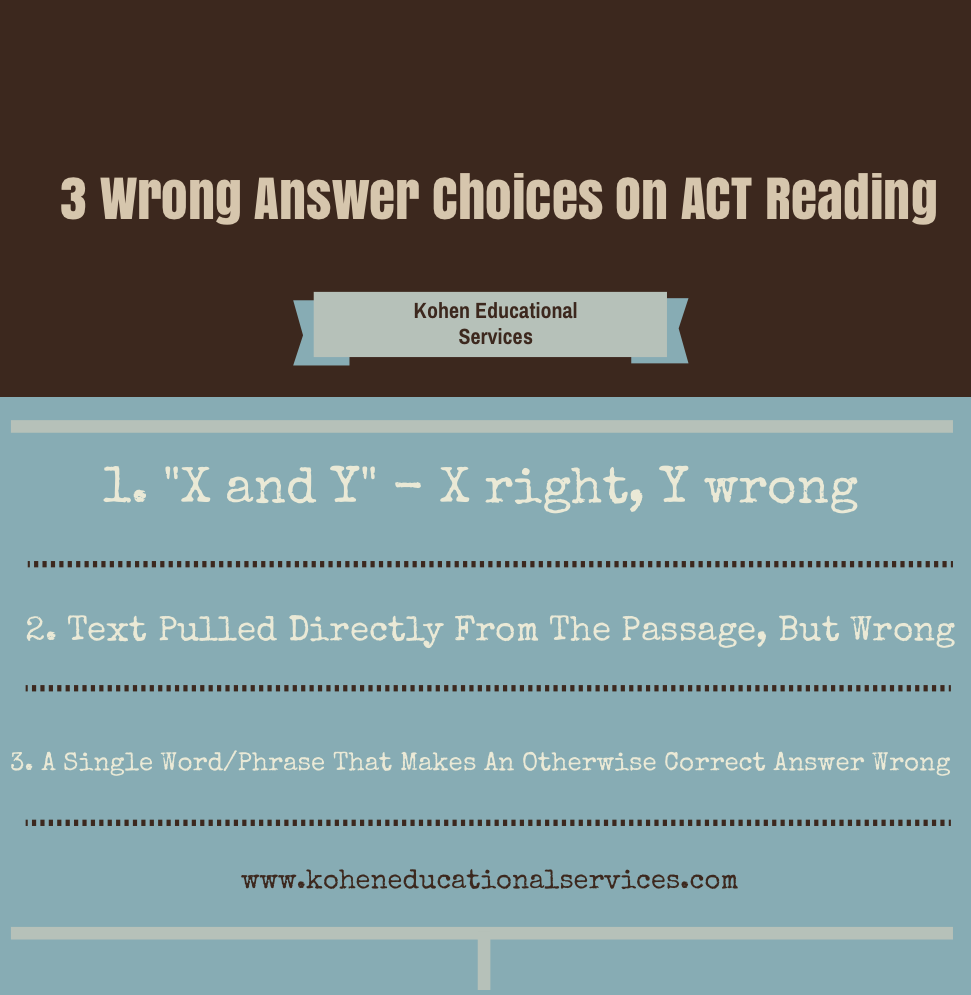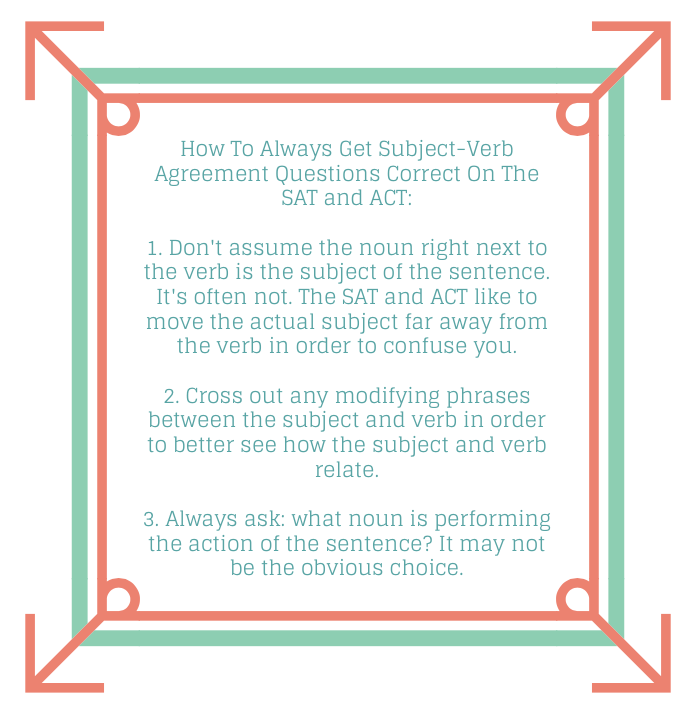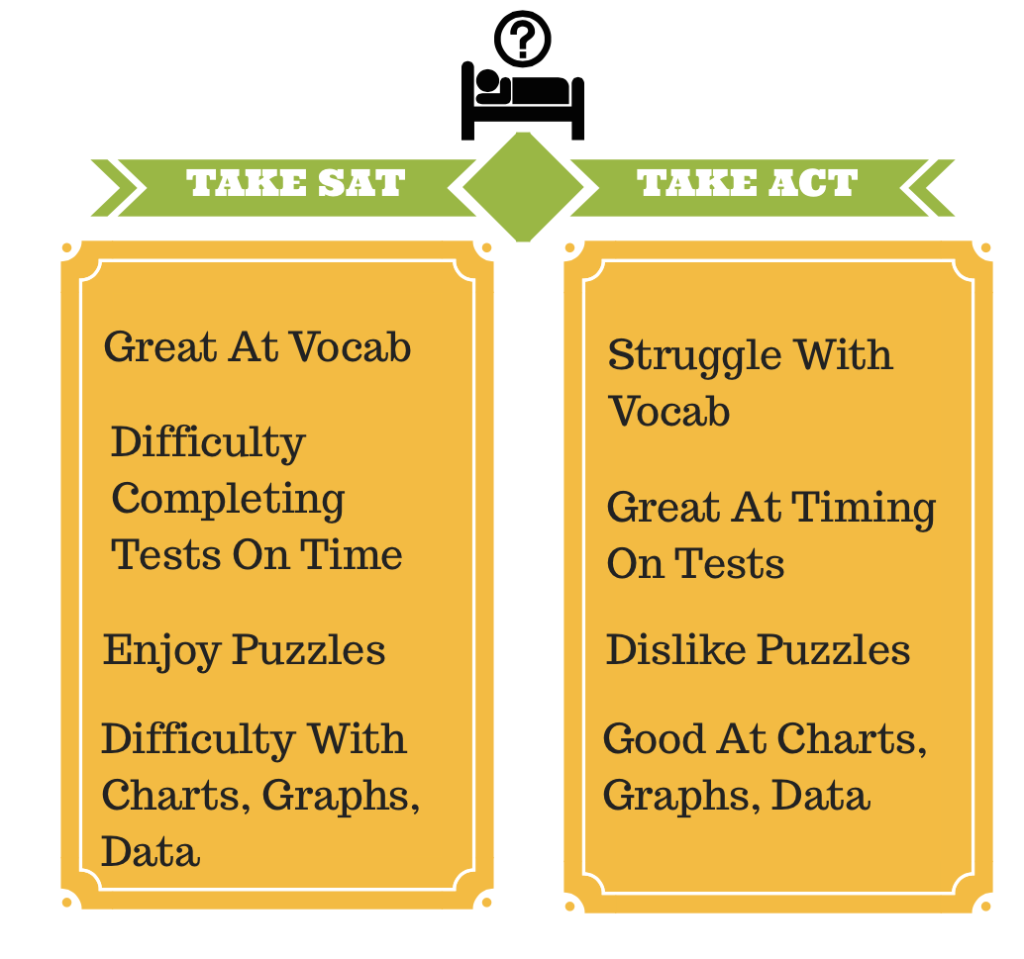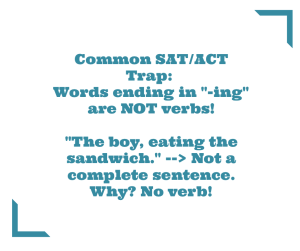As you probably already know, the SAT loves difficult vocabulary. It shows up all over the critical reading section. While you should be studying vocabulary to prepare, you’re probably going to come across at least a word or two on the test you don’t recognize. So what do you do when that happens?
First, don’t panic or automatically jump to the next question. If you stick with the word, there are ways to find out what it means.
You want to first think about any prefixes, roots and suffixes that you can recognize. These are parts of the word that are recognizable because they appear in many words. For example, the word beneficent starts with the prefix “bene,” meaning “good.” Beneficent, sure enough, means “doing good.” This won’t always work (and sometimes these can be misleading), but more often than not they can help. You can find a list of common prefixes, roots and suffixes in nearly all SAT prep books, as well as online.
Once you’ve looked for prefixes/roots/suffixes, your next job is to ask yourself: does this word, or any part of it, look like any other words I know? These can be English or foreign words (as long as the language is relatively close to English, like Spanish, French, German or Latin). If you give yourself a little time, you’ll often be able to connect the word or part of it to another word that you already know. Very often, that can tip you off to the probable meaning of the word, or a meaning close enough to help you answer the question correctly. Check it out:
Dispassionate: See the word passionate in there? Now link that up with the prefix, “dis,” which means “not.” As in “dislike,” or to not like. So what does dispassionate mean? Not passionate or emotional – not influenced by passions or emotions. That simple.
Respite: What other word might you know that this one sounds like? Respiration! “Respite” means a brief break or relief – i.e. like “taking a breather.”
Dominion: How about “dominate”? That’s pretty close, right? Dominion means power or control over a territory – the result of “dominating.”
Derivative: Deriv…derive! A derivative, in fact, is something derived from something else, unsurprisingly enough.
Credence: This one is very close to “credible,” which means believable. Sure enough, credence means believing something to be true.
Avuncular: Pretty uncommon word, no? Can you tease anything out of it? How about uncle? Avuncular means “like an uncle” or “kind like an uncle.” The meaning is hiding right in the middle of the word.




